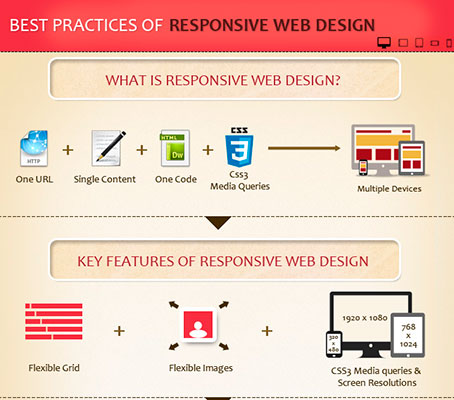The Development Of Site Design: From Earlier Times To Currently
The Development Of Site Design: From Earlier Times To Currently
Blog Article
Material Created By-Johnsen Clarke
In the past, sites were easy and focused on details. Navigating was direct, and style was for desktops. Currently, individual experience is essential. Data guides layouts for simple navigating. Responsive designs match different devices. Today, dark setting minimizes strain, and minimal menus boost navigation. Interactive features engage individuals, and vibrant visuals attract attention. AI integration increases involvement. See just how design has advanced to boost your on-line trip.
Early Days of Website Design
In the early days of website design, simpleness preponderated. Internet sites were standard, with limited colors, font styles, and designs. The emphasis was on supplying information instead of flashy visuals. Individuals accessed the web with slow-moving dial-up connections, so rate and capability were essential.
Navigation food selections were straightforward, generally situated on top or side of the page. https://www.searchenginejournal.com/local-seo-content-strategy/431651/ were made for desktop, as mobile browsing wasn't yet prevalent. Content was king, and developers focused on easy readability over complicated style components.
HTML was the key coding language used, and designers had to work within its restraints. https://www.valuewalk.com/mass-economics-of-digital-marketing-is-putting-businesses-on-the-map/ and interactive attributes were minimal contrasted to today's standards. Websites were fixed, with little dynamic web content or customized user experiences.
Rise of User-Focused Design
With the evolution of website style, a shift in the direction of user-focused design concepts has become increasingly famous. Today, creating web sites that prioritize customer experience is crucial for involving site visitors and achieving organization goals. User-focused layout entails recognizing the needs, preferences, and behaviors of your target audience to customize the website's layout, material, and includes appropriately.
Developers currently perform comprehensive research study, such as individual studies and use testing, to gather insights and comments straight from individuals. This data-driven technique assists in producing intuitive navigation, clear calls-to-action, and aesthetically appealing interfaces that resonate with visitors. By putting the customer at the center of the layout process, internet sites can deliver a much more personalized and pleasurable experience.
Responsive layout has actually likewise emerged as a crucial element of user-focused style, making certain that web sites are maximized for various gadgets and display sizes. This flexibility improves accessibility and usability, dealing with the varied means users interact with internet sites today. Essentially, the surge of user-focused style represents a change in the direction of developing digital experiences that focus on the requirements and expectations of completion user.
Modern Trends in Web Design
Discover the most up to date patterns shaping website design today. One popular pattern is dark mode design, offering a sleek and modern appearance while decreasing eye pressure in low-light environments. Another crucial pattern is minimal navigation, simplifying food selections and improving user experience by focusing on essential elements. Incorporating micro-interactions, such as computer animated buttons or scrolling effects, can produce a more engaging and interactive internet site. Receptive style stays crucial, ensuring seamless individual experiences throughout different gadgets. In addition, using bold typography and asymmetrical designs can include visual passion and accentuate certain material.
Incorporating AI innovation, like chatbots for client support or individualized referrals, enhances user interaction and enhances processes. Ease of access has also end up being a significant trend, with designers focusing on comprehensive style methods to accommodate varied user needs. Embracing sustainability by optimizing website performance for rate and efficiency is an additional arising fad in web design. Collaborating with customer comments and data analytics to iterate and enhance design constantly is vital for remaining appropriate in the ever-evolving electronic landscape. By welcoming these modern patterns, you can create an aesthetically attractive, straightforward internet site that resonates with your audience.
Conclusion
As you review the advancement of web site design from the early days to currently, you can see just how user-focused layout has ended up being the driving pressure behind modern patterns.
Embrace the journey of change and adaptation in web design, always maintaining the individual experience at the center.
Tippingpointdigital
Stay existing with the latest trends and technologies, and never ever quit advancing your method to develop aesthetically stunning and user-friendly web sites.
Evolve, adapt, and develop - the future of web design remains in your hands.
